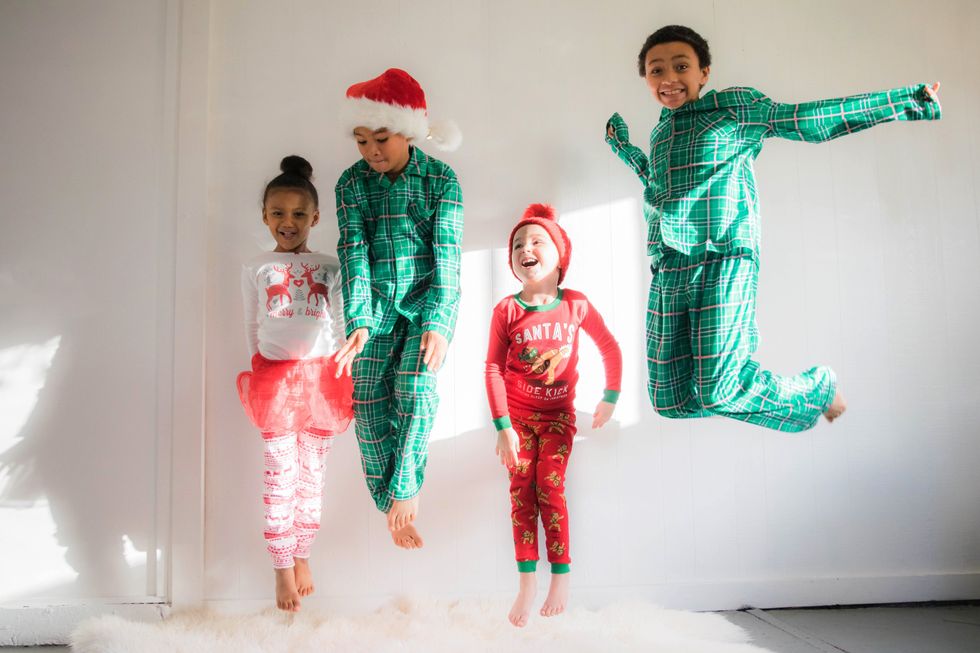Everyone loves "Inside Out." The newest Pixar film, which delves into the inner workings of its young protagonist's mind, received glowing critical reviews and a whopping 98 percent approval rate on Rotten Tomatoes. All in all, "Inside Out" is well on its way to becoming a beloved animated classic–which is why I feel kind of bad for criticizing it.
Don't get me wrong, "Inside Out" is charming and full of heart. I laughed out loud multiple times. I teared up a little at a certain scene involving Joy and Bing Bong the imaginary friend. And, as someone who's struggled with depression, I appreciated how sensitively the film acknowledged that it's okay to go through a rough patch and that sadness is just as necessary, and healthy, as joy. But at the same time, something bothered me about the premise of the movie, becoming more and more distracting as the plot unfolded. Reflecting later that day, I finally figured out what it was.
The main character is a puppet.
Hear me out. The whole setup of "Inside Out" is that five emotions are in charge of Riley's brain: Joy, Anger, Sadness, Fear, and Disgust. Each of them has a well-developed, distinct personality, which makes for an entertaining movie but has rather disturbing implications. Rather than a complete person reacting to the world around her, Riley comes across as a patchwork combination of the five people living in her head. In one scene, Riley's father pressures her to make conversation when she's clearly in a bad mood. Inside her head, Anger seethes, until his rage boils over and he yanks a lever that makes Riley snap at her dad. This raises the question: is Riley really mad at her father, or is Anger mad and using her as his vessel to express it?
You could argue that I'm taking the movie too literally, that it's just a creative metaphor for the brain. But even so, the underlying message—that Riley is controlled by her emotions—makes me uncomfortable.
Using cognitive behavioral therapy to treat my anxiety and depression, I learned how to change my thought patterns and, through them, to change my feelings. The first step was to acknowledge when I had a distorted thought: for instance, "My friend didn't respond when I greeted her, so she must hate me. I'm such an awful person!" Then I would offer myself a better, more reasonable alternative: "Maybe she just didn't hear me. Or maybe she's having a bad day and her behavior is no reflection on me at all." Through conscious, deliberate thought, I reduced my anxiety, becoming happier and more confident.
We can't control our immediate emotional reactions, but we can control how we respond to them, and our behavior, over time, changes how we feel. Riley doesn't get to make those choices, because the people in her head are making them for her. The plot centers around Joy and Sadness as they journey to find the core memories and return to headquarters, eventually realizing that Riley needs both of them. It's fun, it's sweet—but it seems like Riley's emotions have more agency than she does. She gets better because her core memories are restored, not because she works through her difficult feelings and reaches out for support.
Maybe I'm overthinking this. I'm certainly glad to see a young girl's struggles with depression portrayed sympathetically in children's media. But we should think of ourselves as more than the sum of our emotions.
We are the people we choose to be.































